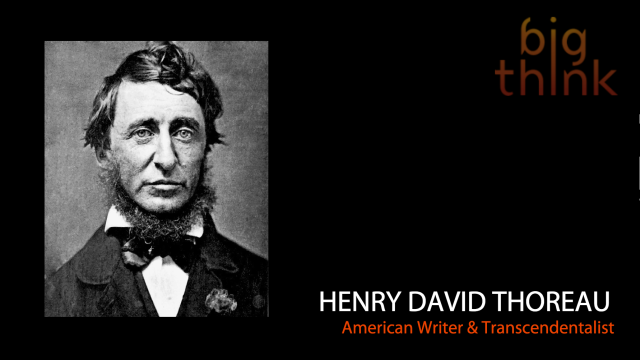The Turing Test and Ada Lovelace, with Walter Isaacson

In the biographical film The Imitation Game, which opens in U.S. theatres today, Benedict Cumberbatch portrays the English mathematician and cryptographer Alan Turing. You may be familiar with “the Turing Test,” which is another name for the film’s titular game. The test was developed by Turing to assess the computational power of artificial intelligence. Put simply, to pass the Turing Test a computer would need to imitate human thought and communication well enough that an observer (without aid of actually seeing the computer) wouldn’t be able to tell it apart from a human. Scientists and innovators have long sought to produce a computer that could pass this test. The world’s still waits patiently.
Biographer Walter Isaacson, who is featured in today’s Big Think video interview, views Turing as one of the seminal pioneers of the digital age. It’s for this reason that Turing is featured prominently in Isaacson’s new book, The Innovators: How a Group of Hackers, Geniuses, and Geeks Created the Digital Revolution. In the following clip, Isaacson discusses Turing’s influence on modern computer philosophy and why passing the Turing Test may not be such an important goal after all:
As Isaacson notes, Turing was heavily influenced by the remarkable 19th-century mathematician Ada Lovelace. Despite her distance from the digital age, Lovelace is often considered by many to be the world's first computer programmer. Isaacson explains how her computational theory helped set roots for Turing to try and prove the opposite:
"[Turing] starts thinking about the difference between human imagination and machine intelligence. And it goes back to what he calls Lady Lovelace’s objection. It goes back to Ada Lovelace a hundred years earlier who had said machines will be able to do everything except think."
This inspired Turing to develop the imitation game. As no computer has passed the Turing Test thus far, Isaacson points to Lovelace's symbiotic theory of human/machine collaboration. While Turing set standards by which a computer would be able to surpass humans, Lovelace foresaw a future where people and machines make each other better. This is a fundamental difference in the Lovelace approach versus the Touring approach:
"A different way of looking at the way the computer age evolved is sort of Ada Lovelace’s way which is that computers and humans will evolve symbiotically. They’ll be partners. We will get more intimately connected to our machines and the machines will amplify our intelligence and our creativity will amplify what the machines could do. And we don’t need to try to create robots that’ll work without us. It’s kind of cooler to create this partnership of humans and technology or as she put it the humanities and engineering."
Until A.I. is developed that can master the Turing Test (and not just nibble the surface of success), we'll be living much more in a Lovelace world than a Turing world. Yet when the time comes and computers become indistinguishable from humans, Turing's brave new world will become a reality.





